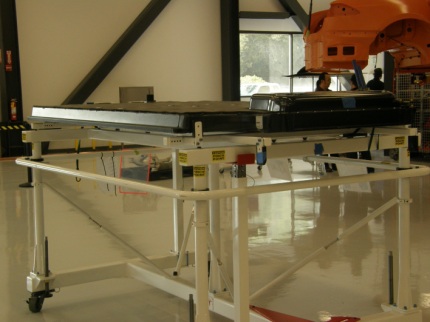Electric car maker Tesla Motors (s TSLA) hasn’t just blazed its own trail when it comes to designing and building a hot electric car. It’s also made breakthroughs in many aspects of the automotive business (the sales channel, the servicing, the over-the-air-software updates) and now it’s doing the same thing for the core part of the electric car: the battery.
This week Tesla revealed more details about its plans to build a massive — the largest of its kind in the world — battery factory in the U.S. that will produce enough lithium-ion batteries by 2020 to outfit 500,000 electric cars. While Tesla only released a few details of the plan, the company said that by 2020 the battery cell output of the factory would be 35 gigawatt hours per year, and battery pack output would be 50 gigawatt hours per year.
 Tesla’s Model S Battery in the Alpha Build…
Tesla’s Model S Battery in the Alpha Build…
View original post 1,000 more words